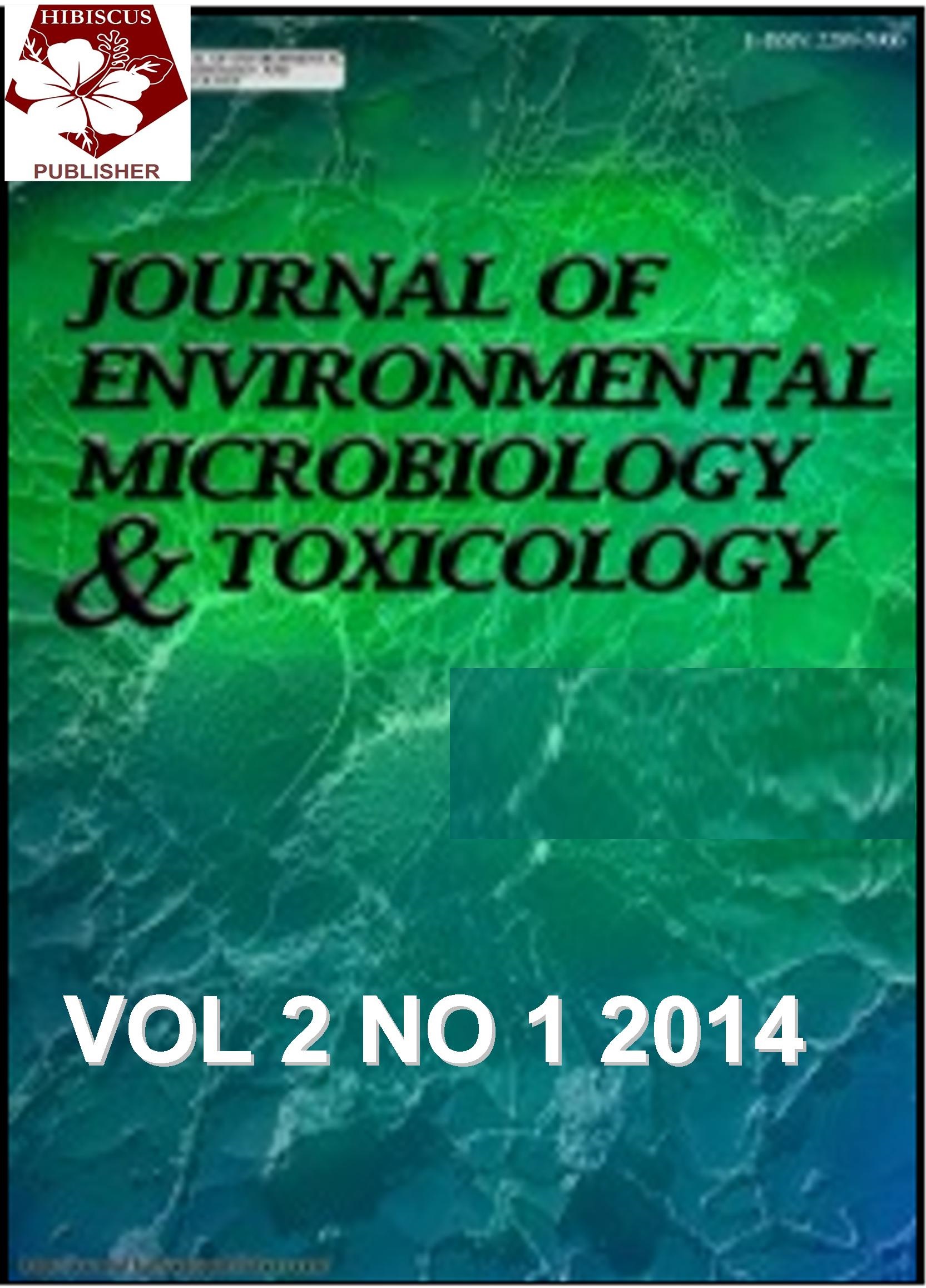Screening for the Presence of Salmonella typhimurium in Local Meat using Dot-Elisa
DOI:
https://doi.org/10.54987/jemat.v2i1.88Keywords:
Salmonella, Poultry, PAb, Dot BlotAbstract
Salmonella infections in commercial poultry have long been an industry concern and the subject of many investigations. Since poultry is a major food source, its contamination with salmonellae may result in the development of human illness. Salmonella typhimurium is one of paratyphoid Salmonellae most commonly associated with poultry. Thus, a detection assay for this bacterium is highly sought after. Detection of Salmonella typhimurium using monoclonal antibody is specific to only one epitope while polyclonal antibody has the ability to detect various serovars due to the presence of multitude of epitopes. In this study the production of polyclonal antibody was performed using rabbits immunized with formalin-killed cell lysate of Salmonella enterica subsp. enterica serovar typhimurium ATTC® 53648. The purification of immunoglobulin G (IgG) was carried out by affinity chromatography and the purity of IgG was characterized by SDS-PAGE.The purified IgG was used to detect Salmonella typhimurium by the dot-ELISA method. The specificity of the dot-ELISA was investigated with different foodborne pathogens including Escherichia coli O157:H7 and Campylobactor jejuni which produced no significant reaction signal compared to Salmonella typhimurium.
Downloads
Published
How to Cite
Issue
Section
License
Authors who publish with this journal agree to the following terms:
- Authors retain copyright and grant the journal right of first publication with the work simultaneously licensed under a Creative Commons Attribution License (http://creativecommons.org/licenses/by/4.0) that allows others to share the work with an acknowledgement of the work's authorship and initial publication in this journal.
- Authors are able to enter into separate, additional contractual arrangements for the non-exclusive distribution of the journal's published version of the work (e.g., post it to an institutional repository or publish it in a book), with an acknowledgement of its initial publication in this journal.
- Authors are permitted and encouraged to post their work online (e.g., in institutional repositories or on their website) prior to and during the submission process, as it can lead to productive exchanges, as well as earlier and greater citation of published work (See The Effect of Open Access).


